Ashi - Judo Term Explained
Share
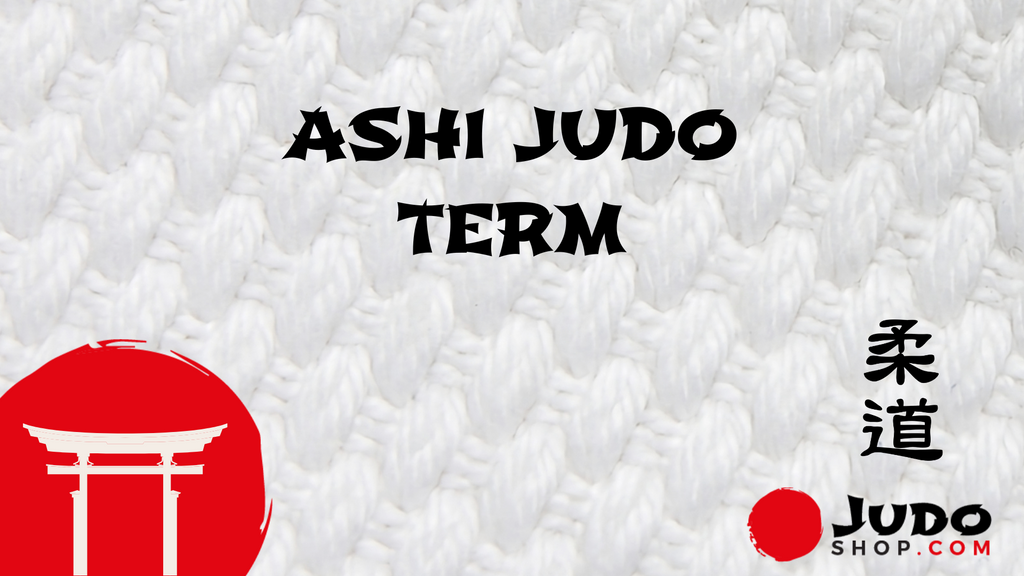
Ashi is term in Judo, referring to a leg or foot and category of judo techniques designed to unbalance and throw an opponent (Ashi Waza). These judo techniques, including sweeping, reaping, and hooking movements, are crucial for competition success. They depend on manipulating the opponent's center of gravity, with key techniques like Ashi Guruma (leg wheel) and Osoto Otoshi (major outer drop).
Practitioners emphasize precision, timing, and fluidity in their training, aiming for maximum efficiency with minimal effort. Mastering these techniques not only enhances balance and coordination but also prepares judokas for more advanced footwork strategies. Exploring further uncovers the rich complexity and effectiveness of Judo's Ashi Waza.
Key Takeaways
- "Ashi" in Judo refers to foot and leg techniques used to unbalance and throw opponents.
- Ashi Waza encompasses sweeping, reaping, and hooking movements integral for competition success.
- Key Ashi Waza techniques include leg wheel (Ashi Guruma) and major outer drop (Osoto Otoshi).
- Training in Ashi Waza focuses on precision, timing, and fluidity, enhancing balance and coordination.
- Beyond foundational footwork, advanced Ashi Waza drills improve agility, stability, and the efficiency of movements.
Understanding Ashi Waza
To excel in Judo competitions, it's crucial to grasp Ashi Waza, the category of foot and leg techniques that encompasses sweeping, reaping, and hooking movements to unbalance and throw an opponent.
Jigoro Kano, the creator of Judo, stressed the importance of foot sweeps, correct foot placement, and balance control for effective movement. Ashi Waza techniques depend on manipulating the opponent's center of gravity, often preparing for powerful hip throws.
A judoka's competition strategy must involve mastering these techniques while avoiding common mistakes, such as misjudging distance or timing, to successfully disrupt an opponent's balance. This comprehension lays the groundwork for successful participation in Judo, underscoring the significance of precision and agility in every maneuver.
Ashi Waza Key Techniques Explained
Building on our understanding of Ashi Waza's importance, let's explore the key techniques that make this category a cornerstone of Judo strategy.
Ashi-waza techniques, or foot techniques, are fundamental to throwing an opponent. They include the leg wheel (Ashi Guruma) and the major outer drop (Osoto Otoshi), which leverage the practitioner's legs to unbalance and execute throws. The harai goshi (hip spring counter) further exemplifies how ashi-waza blends with other throwing techniques for effective attacks.
Practicing these techniques, along with the fundamental footwork technique of Ayumi Ashi, enhances balance during attacks. These common training techniques are essential for mastering ashi-waza, offering a strategic advantage by disrupting an opponent's balance and positioning for a successful throw.
Ashi Waza Training for Precision
Improving precision in Ashi Waza demands focused practice on timing, technique, and fluidity. This Japanese term, signifying footwork techniques in Judo, encapsulates the essence of achieving maximum efficiency with minimal effort. To hone such precision, one must understand the balance of power, kuzushi (balance breaking), and the subtle nuances of specific techniques through regular practice.
- Practice shadow Judo drills to enhance muscle memory and technique execution.
- Utilize peripheral vision to anticipate opponents' movements for effective sweeps.
- Regularly drill specific Ashi Waza techniques to refine precision.
- Emphasize kuzushi to create openings for footwork techniques.
- Dedicate time for regular practice, focusing on the fluidity and timing of movements.
Mastering these aspects through dedicated training can greatly enhance one's effectiveness in executing Ashi Waza with precision.
Ayumi Ashi Fundamentals
After mastering precision in Ashi Waza, judokas often focus on Ayumi-ashi fundamentals to enhance their footwork and balance.
Ayumi-ashi, a fundamental judo footwork technique, embodies the essence of fluid movement and balance maintenance.
Through this stepping method, judokas develop agility, important for the swift execution of throws and maintaining control during movements.
The practice of Ayumi-ashi is integral for footwork coordination, ensuring technique efficiency in throw execution.
By mastering this approach, judokas achieve a higher level of movement control, essential for effective judo performance.
The emphasis on Ayumi-ashi in training sessions underscores its importance in the broader context of judo footwork, highlighting its role in enhancing a judoka's ability to navigate the mat with grace and precision.
Beyond Ashi Waza
Exploring techniques beyond Ashi Waza opens new avenues for judokas to enhance their skill set and strategy. Beyond the foundational footwork techniques lie advanced methods that improve balance and stability, essential for competitive Judo. These include:
- Ayumi ashi walking drill: Enhances forward and backward movement efficiency.
- Lateral movement drill: Increases agility and the ability to quickly change directions.
- Shadow drills: Simulate combat scenarios to improve reaction times and technique execution.
- Diagonal ayumi ashi: Offers judokas the ability to move and attack at angles.
- Circular ayumi ashi: Develops the skill to engage and disengage with an opponent fluidly.
Mastering these advanced footwork techniques allows judokas to set up throws more effectively, providing a competitive edge in matches.
Frequently Asked Questions
What Does Ashi Mean Judo?
In Judo, "ashi" means leg or foot, referring to techniques that use the legs and feet to unbalance or throw an opponent. It's a foundational concept, essential for mastering various moves in the sport.
What Are the Ashi Techniques in Judo?
In Judo, ashi techniques involve using the legs and feet to off-balance or throw an opponent. These moves include sweeps, reaps, and blocks, requiring skill and precision to master for effective competition performance.
What Is Suri Ashi in Judo?
Suri ashi in judo is a footwork technique where practitioners slide their feet across the mat, keeping them close to the floor. It helps maintain balance, enhance agility, and set up for attacks effectively.
What Are the Terminologies of Judo?
Judo's terminologies encompass a variety of techniques and concepts essential for practitioners. They include throws, ground work, and philosophical terms, helping judokas understand the sport's depth and apply strategies effectively in competitions and training.
Conclusion
In conclusion, mastering ashi-waza is vital for judokas aiming for excellence. These foot and leg techniques, including sweeps and trips, aren't just about off-balancing opponents; they're a strategic arsenal for throws and groundwork. Through diligent training and understanding of key moves like De Ashi Barai and Osoto Gari, practitioners can greatly enhance their judo skills.
Beyond ashi-waza, exploring movements such as Ayumi Ashi lays the groundwork for achieving a competitive edge and mastery in this intricate martial art.
Related Posts
-
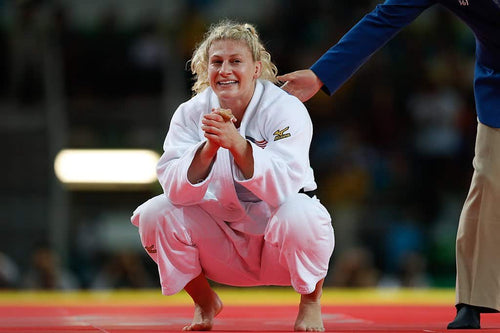
Kayla Harrison's Judo Journey - Judo Champion Turned MMA Powerhouse
Kayla Harrison is a groundbreaking American judoka who made history by becoming the first American woman to win an Ol...
-

Judo Atlanta - List of Judo Clubs in Atlanta area
In Atlanta, you can find excellent judo clubs such as Atlanta Judo Midtown and Black Ice Fitness where you can train...
-

Guram Tushishvili Disqualified - JUDO DRAMA with Teddy Riner
Guram Tushishvili Disqualified - Unsportsmanlike Behavior to French Judoka Teddy Riner Leads to Disqualification fro...
-

Yeldos Smetov - Judoka Profile
Yeldos Smetov, a name synonymous with excellence in judo, has carved out an illustrious career that stands as a beac...
-

Judo Olympics 2024 Results - Gold, Silver, and Bronze Medalists
The Judo Olympics 2024 Results are eagerly anticipated as the Paris Games approach, promising a thrilling display...
-

Judo For Self Defense - Here Is Why Is Judo Best For Self-Defense
Judo For Self Defense packs a punch. This martial art, born in Japan, turns attackers' strength against them. No nee...
-
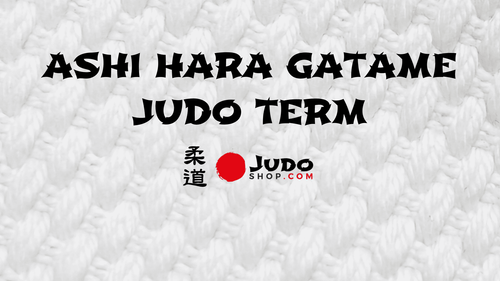
Ashi Hara Gatame - Judo Term Explained
Ashi Hara Gatame is a specialized technique in the martial art of judo, combining leg control, abdominal pressure, a...
-
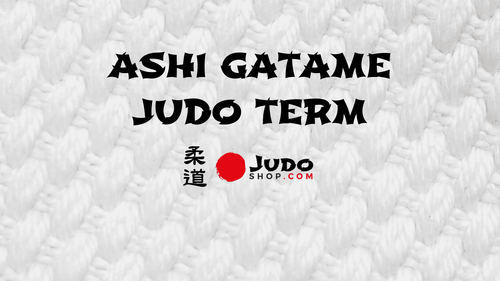
Ashi Gatame - Judo Term Explained
Ashi Gatame is a Judo technique referring to a kansetsu-waza (joint lock) where one uses their legs to immobilise ...
-

Judo Olympics 2024: Highlights, Athletes, and Schedules
Judo Olympics 2024 enthusiasts, mark your calendars! From July 27 to August 3, the Grand Palais Éphémère near the Eif...
-
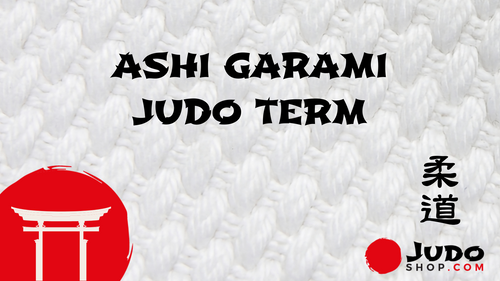
Ashi Garami - Judo Term Explained
What does "Ashi garami" mean in Judo? "Ashi garami" (足緘) is a Japanese term used in Judo that literally translates t...
-
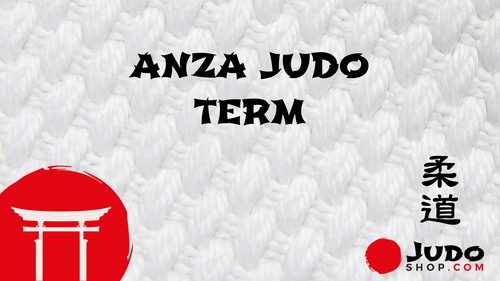
Anza - Judo Term Explained
The term Anza in Judo (安座) embodies a significant practice beyond merely sitting; it signals a deep respect and disc...
-
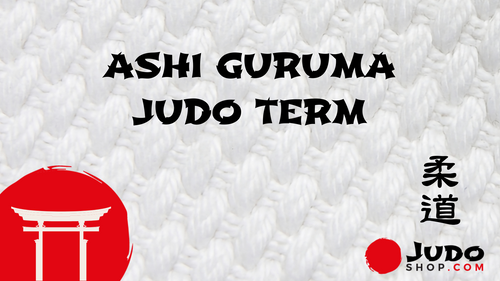
Ashi Guruma - Judo Term Explained
Ashi Guruma is a Judo term rooted in the martial art of Judo, which translates from Japanese as 'leg wheel'. This ju...
-
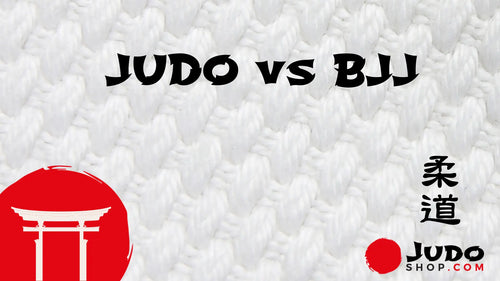
Judo vs BJJ? Of course Judo! Judo is better!
Welcome to Judoshop.com, the premier destination for judo enthusiasts worldwide. Here, we cater to beginners and vet...
-
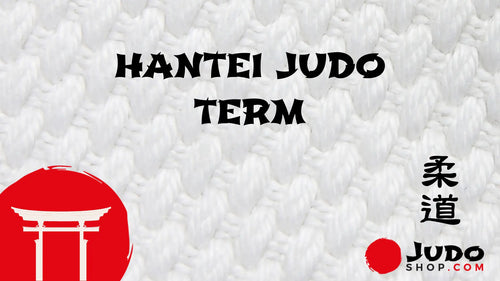
Hantei Judo Term Explanation
Contrary to popular belief, the term 'Hantei' in Judo is not just a simple decision-making process. It holds the p...
-

Dojo Meaning (updated 2023)
Dojos, places of immersive learning and meditation, hold great significance in martial arts. Derived from the Japane...
-
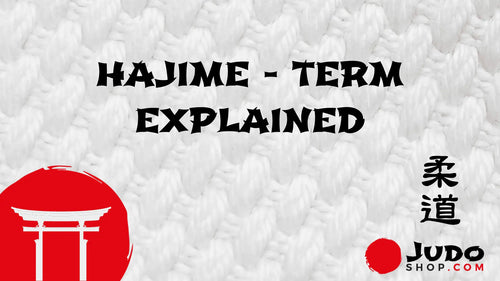
Hajime - Judo Term Explained
Ready to learn about Hajime in judo?It's all about using throws, pins, and joint locks on the mat. With the command ...
-
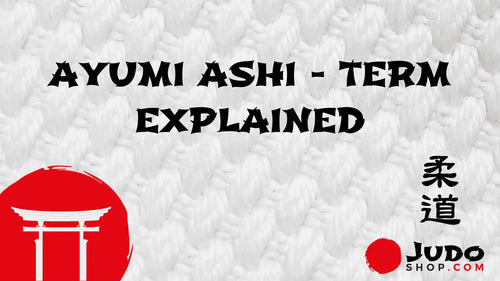
Ayumi Ashi - Judo Foot Work Explained
Are you ready to step into the world of Judo and master the art of Ayumi Ashi - 歩み足? This fundamental footwork techn...
-
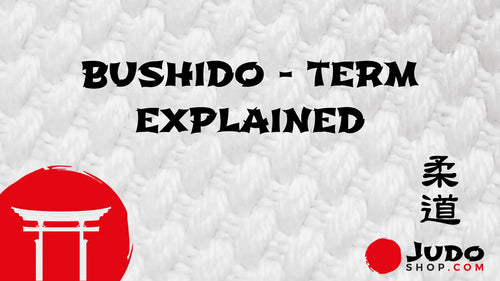
Bushido Explained
Bushido, the traditional code of ethics followed by samurai warriors in feudal Japan, is a subject that fascinates ...
-
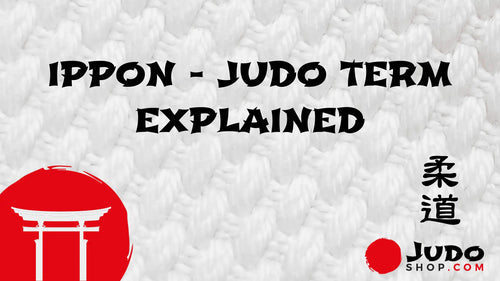
Ippon - Judo Term Explained
Imagine stepping onto the mat and feeling the adrenaline rush through your veins. In the world of judo, one ultimate...
-
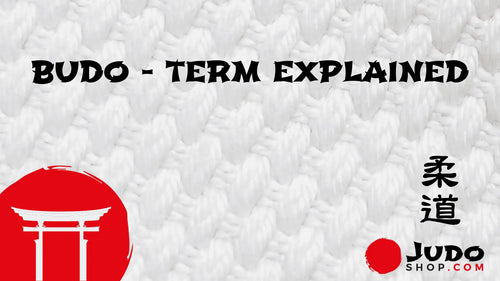
Budo - Term Explained
In a world full of chaos and conflict, one finds solace in the ancient art of budo. Contrary to popular belief, budo...
-
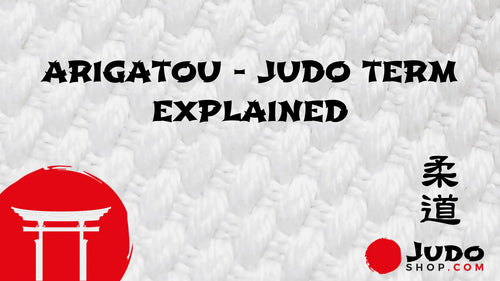
Arigatou - Judo Term Explained
Do you ever wonder about the true meaning behind the Japanese word 'Arigatou'? Well, wonder no more! 'Arigatou' is a...
-
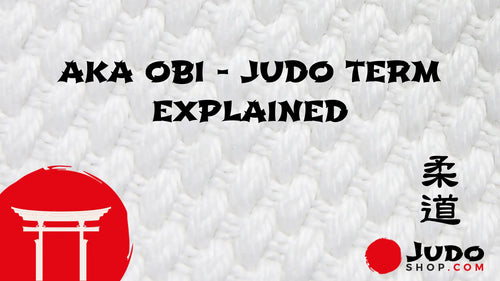
Aka Obi - Judo Term Explained
The aka obi, a red belt worn in Judo, is a prestigious symbol of expertise. Typically reserved for those holding a 9...
-

Why Are There 2 Bronze Medals In Judo
Judo is a unique sport that gives two bronze medals in each weight class. Many people wonder why this is done. To fi...
-
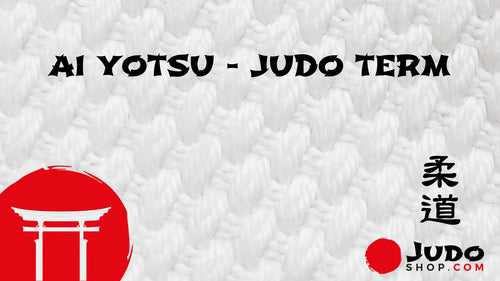
Ai Yotsu - Judo Term Explained
In the world of Judo, a term holds immense significance - Ai Yotsu. This grip, characterized by an intense and intim...
-
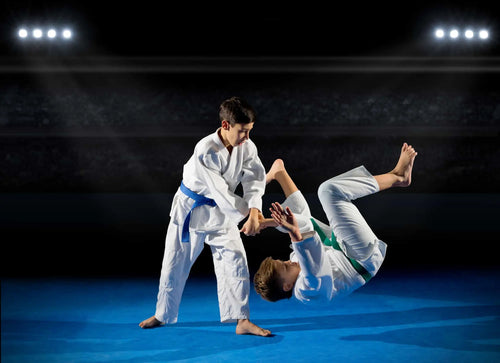
Is Judo Dangerous - Unveiling the Shocking Truths Behind this Ancient Martial Art
With its powerful throws and complex grappling techniques, one might wonder, "Is judo dangerous?" Yes, judo can po...
-

Is Judo The Toughest Sport - Unraveling the Grit and Grace of the Gentle Way
Judo, known as the Gentle Way, may seem like a paradoxical name for a sport, but don't let that fool you. While Ju...
-

Judo Terms - A Complete List of Judo Terms
Judo terms are the foundation of this martial art, and our collection is here to help both new and experienced judok...
-

English to Japanese Kanji and Hiragana translations
Are you looking for an English to Japanese Kanji translation? Here you can find more than 30 examples of Kanji and ...




























